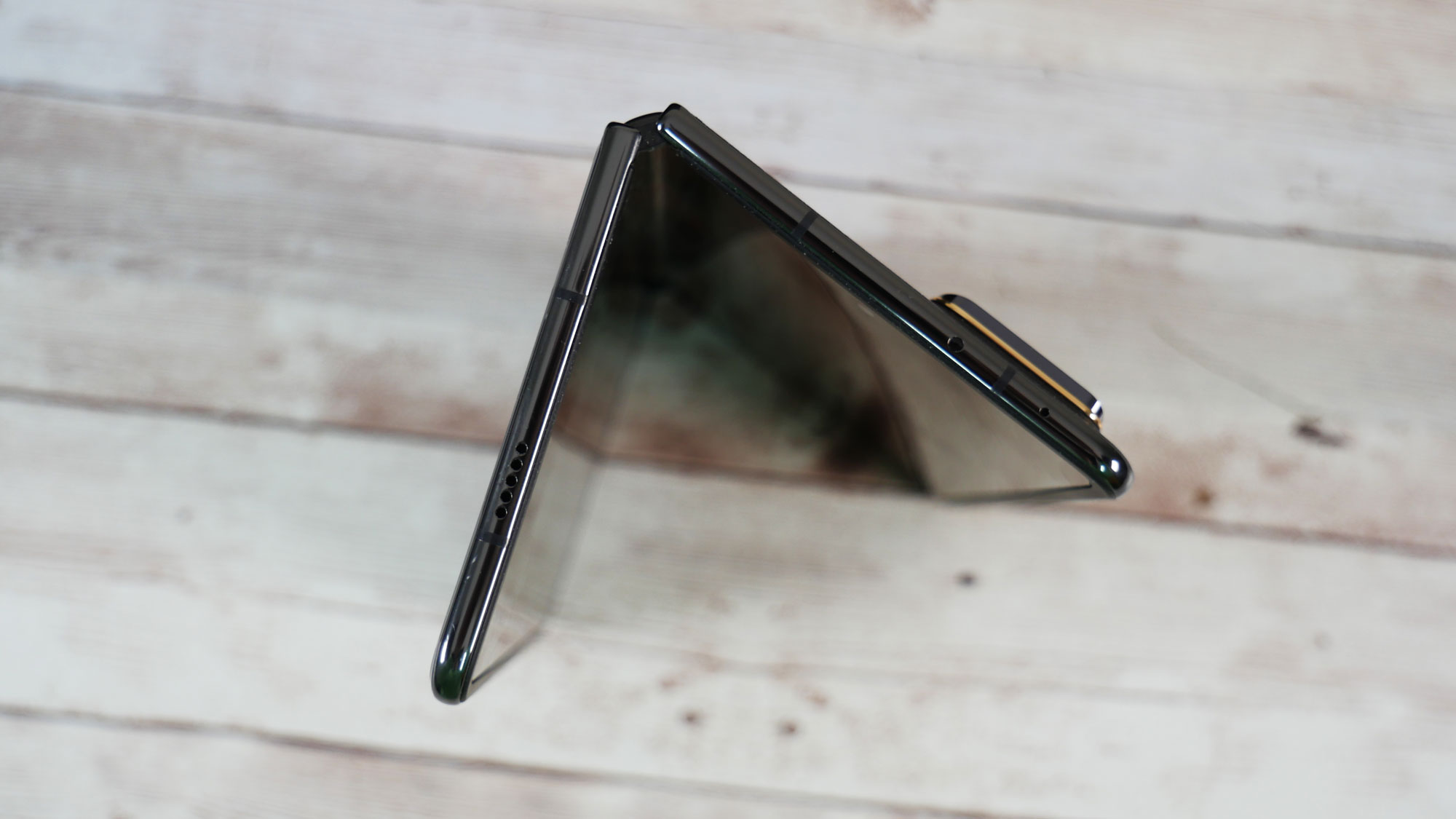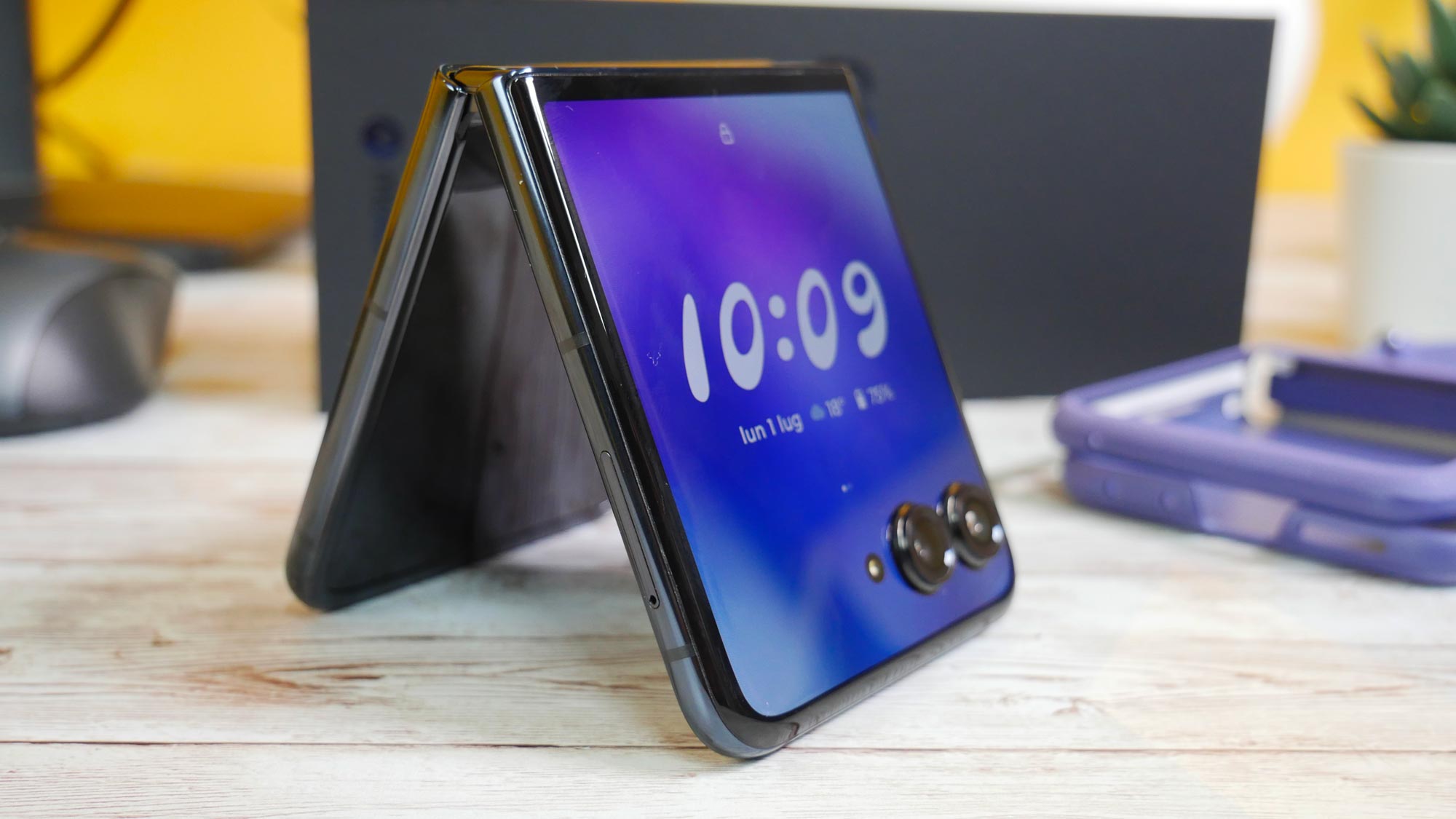The launch of Samsung’s Galaxy Z Fold6 and Galaxy Z Flip6 has put the spotlight back on the smartphone market. foldable smartphonesmature devices that represent the latest evolution of a technology that aims to revolutionize the way we interact with our mobile devices. Galaxy Z Fold6, with its book-like design that opens to reveal a larger screen, and Galaxy Z Flip6, which folds vertically into a pocket-sized format, embody two distinct approaches to the concept of foldable.
Contrary to the expectations of some analysts, who predicted the arrival of more accessible models, The new Samsungs are priced higher than their predecessors. The news has raised some eyebrows among enthusiasts who have begun to wonder what direction the foldable market is taking and whether these devices can really become mainstream in the near future. Samsung is not the only company to bet on this technology, and among the most interesting models available on the market we cannot fail to mention the HONOR Magic V2 and Motorola razr 50 Ultra. These are just two examples of foldable smartphones that have captured the attention of technology enthusiasts, the first standing out for its very thin design, the second for its large external display that is (almost) perfectly usable.
The advantages of foldable smartphones are many: first of all, The ability to have a larger screen in a compact format is definitely the main attraction. For book-style models, this translates into increased productivity, allowing users to work on documents, browse the web, or consume multimedia content with tablet-like comfort. Flip devices, on the other hand, offer the convenience of a full-size smartphone that can easily be stored in a pocket or bag while taking up minimal space. The unique user experience offered by foldables is another point in their favor: the ability to fold the screen opens up new possibilities in terms of multitasking and user interface. For example, you can use half of the screen to view a video and the other half to take notes or browse social media, or even use the smartphone’s kickstand design to take photos remotely.

However, foldable smartphones also present some significant challenges. Durability is a primary concern and despite advances in flexible screen technology, these devices are still more vulnerable to damage than traditional smartphones with rigid displays. The visible crease where the screen bends is another aspect that can be annoying for some users, although recent generations have made significant progress in this regard. Software optimization is another challenge: while operating systems and apps are rapidly adapting to these new formats, there are still cases where the user experience is not entirely fluid and optimized for foldable screens.
Traditional smartphones, on the other hand, retain several advantages over their foldable cousins. Durability and reliability are definitely top of mind. Users can rely on tried-and-tested technology without having to worry about folding mechanisms or flexible screens. Additionally, traditional phones tend to have better water and dust resistance, which is a crucial feature for many users. Another significant advantage of traditional smartphones is their longer battery life. Foldable devices, due to their more complex design and larger screens, tend to have smaller batteries and consume more power, resulting in shorter battery life than standard models in the same price range.
Finally, we come to the factor that perhaps more than any other is holding back the mass adoption of foldable smartphones: the price. Contrary to analysts’ expectations, costs do not seem to decrease, but rather, for the higher-end models, they seem to increase even further. This places foldables in a niche market segment, accessible only to a small portion of consumers willing to pay a significant premium for this technology.
In light of these considerations, it is legitimate to ask whether foldable smartphones are really destined to become the norm, perhaps replacing traditional top-of-the-range models in the future as a clear line of differentiation compared to less expensive models. The answer, at the moment, seems to be negative. Traditional flagships continue to offer a complete package of performance, photography, battery life and durability that foldables struggle to match.. While foldables certainly stand out for their unique form factor, they still fall short of conventional smartphones in many crucial aspects that define a true flagship.

Foldable devices in the “fold” format are often more uncomfortable to use than traditional smartphones, without offering enough added value to justify the trade-off. The larger screen surface is certainly an advantage in some situations, but it does not always compensate for the lack of practicality in everyday use. On the other hand, “flip” models are increasingly emerging as fashion devices, rather than solutions with essential features. Their appeal lies mainly in their attractive design and nostalgia for the clamshell phones of the past, but in terms of functionality and performance, they often fail to compete with traditional flagships.
Another crucial aspect to consider is the longevity of the device: users who invest in a smartphone, especially a high-end one, expect the device to last over time, maintaining high performance for several years. The resistance of a foldable, despite technological advances, remains lower than that of a traditional smartphone and will probably be for a long time to come. Furthermore, the smartphone market is constantly evolving, with new technologies emerging all the time. For example, generative AI features, advanced computational photography, high refresh rate displays, and ultra-fast charging technologies are all redefining what we expect from a mobile device. Ultimately, for most users, there doesn’t seem to be a need for a new form factor, although it remains to be seen what Apple’s entry will bring to the market.
In this context, foldables are configured as a distinct category of high-end devices, capable of offering a unique experience but not necessarily superior in every aspect. The future of the smartphone market will probably be characterized by greater diversification, with consumers having more and more choice, but for foldables to become truly mainstream, further price drops, significant improvements in durability and battery life, and greater software optimization will be necessary. Only then can we consider the possibility of these devices becoming the true top of the range of the future, with the expected entry of Apple into the market that could reshuffle the cards.
Source: www.hwupgrade.it


